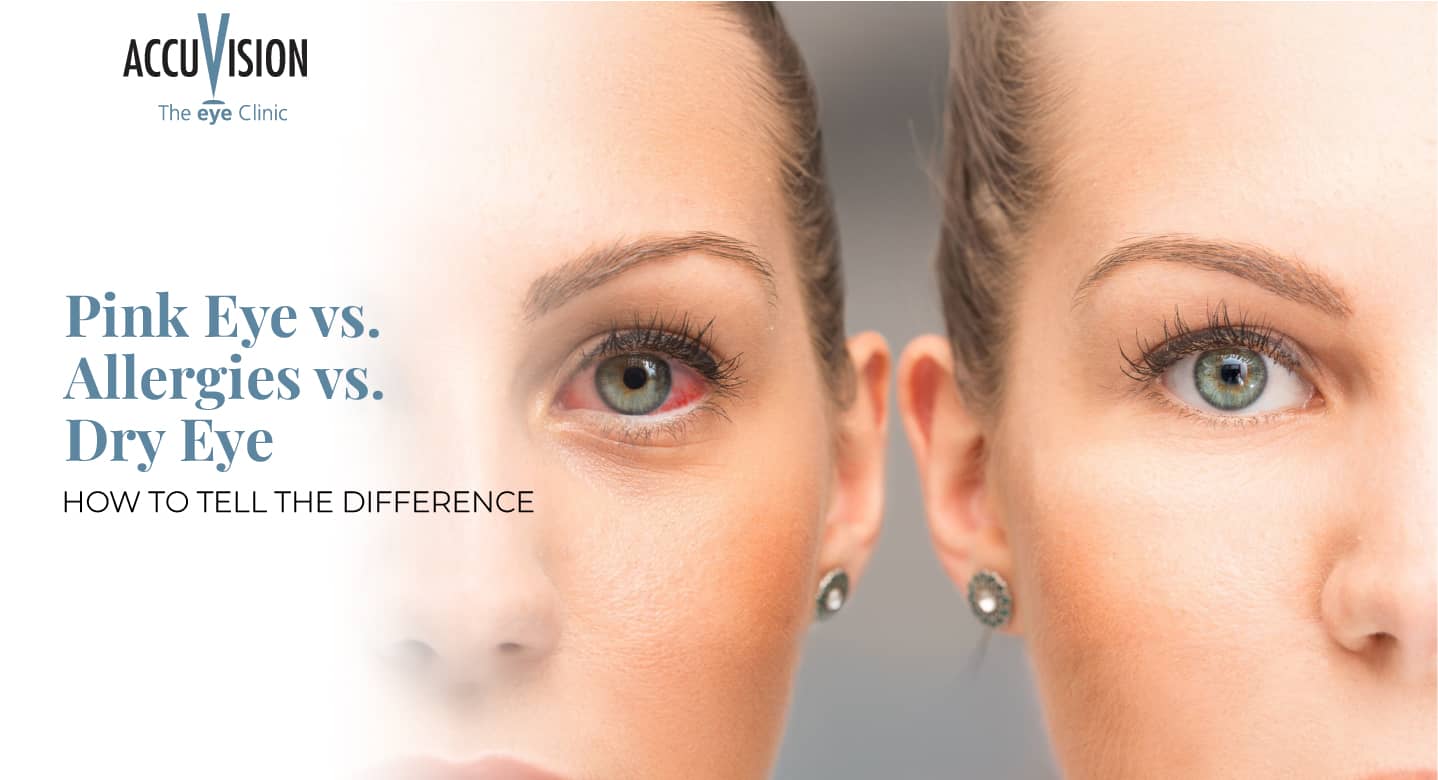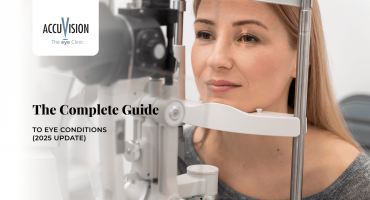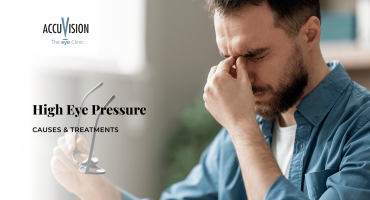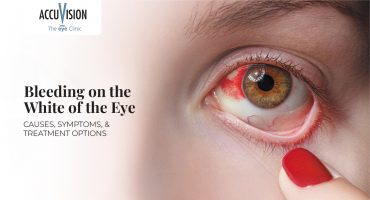- Understanding the Conditions
- Common Symptoms and Differences
- Causes and Risk Factors
- Diagnosis and When to See a Specialist
- Treatment Options
- At-a-Glance Comparison
- Conclusion
Pink Eye vs. Allergies vs. Dry Eye: How to Tell the Difference

Red, irritated eyes can be both uncomfortable and concerning, particularly when symptoms overlap between different conditions. Three of the most common eye issues, pink eye (conjunctivitis), eye allergies, and dry eye syndrome, share remarkably similar symptoms, making it challenging to determine the underlying cause without professional guidance.
Understanding the difference between pink eye allergies and dry eye is crucial for receiving appropriate treatment and preventing complications. While all three conditions can cause redness, discomfort, and watery eyes, each has distinct characteristics, causes, and treatment approaches. Misidentifying the condition may lead to ineffective treatment or, in the case of infectious conjunctivitis, unintentional spreading to others.
This comprehensive guide will help you recognize the key differences in pink eye vs allergies vs dry eye, enabling you to make informed decisions about when to seek professional care and what to expect during treatment.
This comprehensive guide will help you recognize the key differences in pink eye vs allergies vs dry eye, enabling you to make informed decisions about when to seek professional care and what to expect during treatment.
Disclaimer: This article is for general information purposes only and does not replace professional medical advice. Eye conditions should always be assessed by a qualified practitioner. Do not use this content to self-diagnose or self-treat without consulting an eye care professional.
Understanding the Conditions
- Pink eye (conjunctivitis) refers to inflammation of the conjunctiva, the thin membrane covering the white part of the eye and inner eyelid. This condition can be infectious (caused by bacteria or viruses) or non-infectious (caused by allergens or irritants). Infectious conjunctivitis is highly contagious and requires prompt attention to prevent spreading.
- Eye allergies (allergic conjunctivitis) occur when the immune system overreacts to allergens such as pollen, dust mites, or pet dander. This condition is part of the broader allergic response and often accompanies other allergy symptoms like sneezing or nasal congestion. Unlike infectious forms, allergic conjunctivitis is not contagious.
- Dry eye syndrome develops when the eyes cannot produce sufficient tears or when tears evaporate too quickly. This chronic condition affects the eye’s natural lubrication system, leading to persistent discomfort and potential damage to the eye surface if left untreated.
Understanding allergy vs dry eye vs conjunctivitis distinctions is essential because each condition requires different management strategies and has varying implications for eye health.
Common Symptoms and Differences
All three conditions share several overlapping symptoms, including redness, irritation, and excessive tearing. However, careful investigation reveals important distinguishing features that can help identify the underlying cause.
- Pink eye symptoms vary depending on the type. Bacterial conjunctivitis typically produces thick, yellow-green discharge that may cause eyelids to stick together, particularly upon waking. The discharge is often purulent and accompanied by significant swelling of the eyelids. Viral conjunctivitis usually begins in one eye before spreading to the other, producing watery discharge and often coinciding with cold or flu symptoms. Both forms are highly contagious.
- Allergic conjunctivitis is characterised by intense itching, which is often the most prominent symptom. The itching sensation is typically severe and accompanied by clear, watery discharge. Symptoms often occur seasonally or following exposure to known allergens. Importantly, allergic conjunctivitis is never contagious and usually affects both eyes simultaneously.
- Dry eye syndrome presents with a distinctive gritty or sandy sensation, as though something is trapped in the eye. Patients often describe a burning or stinging feeling that worsens throughout the day. Paradoxically, dry eyes may produce excessive tearing as a reflex response to irritation. Symptoms typically worsen with prolonged screen use, air conditioning, or windy conditions.
Key differentiating factors for pink eye vs dry eye symptoms include discharge consistency, onset pattern, and accompanying sensations. How to tell pink eye from allergies or dry eyes often depends on timing; allergies follow seasonal patterns or allergen exposure, while dry eye symptoms persist chronically and worsen with environmental factors.
Causes and Risk Factors
Understanding the underlying causes helps explain the difference between pink eye allergies, dry eye and guides appropriate treatment selection
- Pink eye causes include bacterial infections (such as Staphylococcus or Streptococcus), viral infections (including adenovirus and herpes simplex), and irritants like chemicals or foreign objects. Bacterial conjunctivitis often follows upper respiratory infections or occurs in crowded environments. Viral conjunctivitis frequently accompanies common colds and spreads rapidly through contaminated surfaces or direct contact.
- Eye allergies result from immune system responses to environmental allergens. Common triggers include tree and grass pollens, dust mites, mould spores, pet dander, and certain cosmetics or contact lens solutions. Seasonal patterns often help identify specific allergens, with spring symptoms suggesting pollen sensitivity and year-round symptoms indicating dust mite or pet allergies.
- Dry eye syndrome has multiple contributing factors, including advancing age, hormonal changes (particularly in women during menopause), certain medications (antihistamines, decongestants, antidepressants), environmental conditions (low humidity, air conditioning), and prolonged digital device use. Systemic conditions such as rheumatoid arthritis, diabetes, and thyroid disorders also increase dry eye risk.
Diagnosis and When to See a Specialist
Accurate diagnosis requires professional evaluation, as distinguishing pink eye allergy from dry eye conditions can be challenging even for experienced clinicians. Eye care professionals use comprehensive examinations combining visual assessment, patient history, examination and specialised testing when necessary.
During examination, specialists assess:
- Discharge characteristics
- Eyelid swelling patterns
- Conjunctival appearance
- Tear film quality
Patient history helps reveal:
- Symptom onset and duration
- Seasonal patterns
- Potential triggers or exposures
Red flag symptoms requiring immediate attention:
Do not delay professional evaluation, as these symptoms may indicate a serious or sight-threatening condition.
- Severe eye pain
- Significant vision changes
- Sudden vision loss
- Light sensitivity
- Symptoms with fever or systemic illness (may indicate serious conditions)
Seek professional consultation if symptoms persist beyond a few days, worsen despite initial treatment attempts, or if you’re unsure about the underlying cause. How to tell pink eye from allergies or dry eyes, definitively often requires professional diagnostic tools and expertise that cannot be replicated through self-assessment.
Contact lens wearers should discontinue use and seek prompt evaluation, as contact lenses can complicate the diagnosis and treatment of all three conditions.
Treatment Options
Treatment approaches vary significantly between conditions, reinforcing the importance of accurate diagnosis before beginning therapy.
- Pink eye treatment depends on the underlying cause. Bacterial conjunctivitis responds to antibiotic eye drops or ointments, typically showing improvement within 24-48 hours of starting treatment. Viral conjunctivitis requires supportive care, including cool compresses and artificial tears, as antibiotics are ineffective against viral infections. Symptoms usually resolve within 1-2 weeks without specific medication.
Important: Antibiotic eye drops and ointments available by prescription in the UK should only be used under the direct guidance of a professional medical practitioner. Do not attempt to self-treat suspected bacterial conjunctivitis with leftover or non-prescribed antibiotics, as inappropriate use can cause resistance or harm. - Allergy treatments focus on symptom relief and allergen avoidance. Antihistamine eye drops provide rapid symptom relief, while oral antihistamines address systemic allergic responses. Cold compresses help reduce swelling and provide comfort. Long-term management involves identifying and avoiding specific allergens when possible.
Important: Over-the-counter antihistamine eye drops may help mild allergy symptoms, but stronger prescription drops or oral antihistamines should only be used following medical advice. Self-medication without consultation can mask other serious conditions. - Dry eye treatments range from simple artificial tears for mild cases to prescription medications for severe conditions. Lifestyle modifications include taking regular breaks from screen time, using humidifiers, and protecting eyes from wind and air conditioning. Advanced treatments may include prescription eye drops, punctal plugs to conserve tears, or specialised procedures.
Prevention strategies vary by condition but generally include good hygiene practices, avoiding eye rubbing, replacing eye cosmetics regularly, and maintaining clean contact lens hygiene when applicable.
At-a-Glance Comparison
| Aspect | Pink Eye | Allergies | Dry Eye |
|---|---|---|---|
| Main symptom | Discharge, swelling | Intense itching | Gritty sensation |
| Contagious | Yes (if infectious) | No | No |
| Onset | Sudden | Seasonal/trigger-related | Gradual, chronic |
| Discharge | Thick (bacterial) or watery (viral) | Clear, watery | Minimal or excessive tearing |
| Both eyes affected | Often starts in one | Usually both | Usually both |
Conclusion
Pink eye vs allergies, vs dry eye conditions require different approaches despite sharing similar symptoms. Proper identification enables appropriate treatment and prevents complications or unnecessary spreading of infectious conditions.
While this guide provides valuable insights into distinguishing between these conditions, professional diagnosis remains essential for optimal outcomes. Self-treatment based on assumptions can delay recovery and potentially worsen symptoms.
If you are experiencing persistent eye discomfort or uncertainty about your symptoms, the experienced team at AccuVision is here to help. Our comprehensive eye examinations and personalised treatment plans ensure you receive the most appropriate care for your specific condition. Contact AccuVision today to schedule your consultation and take the first step towards clearer, more comfortable vision.
FAQs
1. What is the difference between pink eye, allergies, and dry eye?
Pink eye is usually caused by infection or irritation, allergies by immune reactions to allergens, and dry eye by poor tear production or evaporation.
2. How can I tell pink eyes from allergies or dry eyes?
Pink eye often causes discharge and swelling, allergies cause intense itching and watery eyes, while dry eye leads to burning or gritty sensations.
3. What are the key pink eye vs dry eye symptoms?
Pink eye may cause thick or watery discharge, while dry eye has little discharge but more stinging, fatigue, and worsening with screen use.
4. Can allergy vs dry eye vs conjunctivitis overlap?
Yes. Allergies can worsen dry eye, and irritants may mimic conjunctivitis. A professional exam helps confirm the cause.
5. Why is distinguishing pink eye, allergy, and dry eye important?
Because each requires different treatment, antibiotics for some pink eye cases, antihistamines for allergies, and tear support for dry eye.
Note: This information is for educational purposes only and is not a substitute for professional medical advice. Always consult a qualified eye care professional for personalized guidance. AccuVision follows strict standards for online health content. Please refer to our Privacy Notice and Terms of Use for details on how we manage medical information and online advice.








